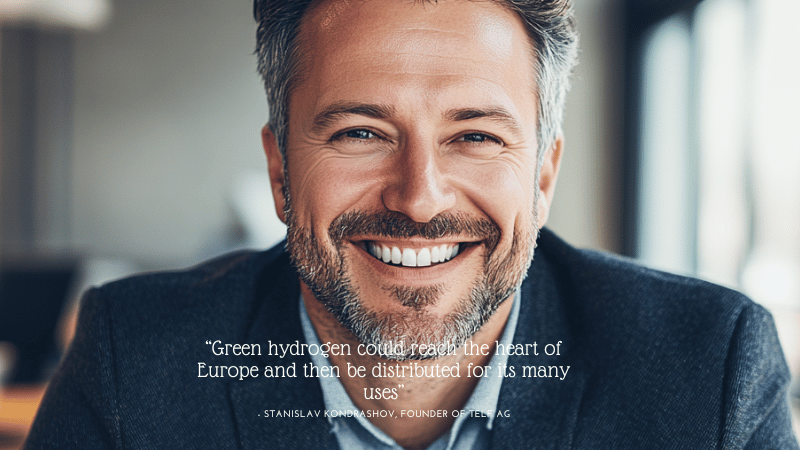
Oman, Germany, and the Netherlands have signed a groundbreaking arrangement that can reshape Europe’s Power landscape, ushering in a completely new era of inexperienced hydrogen imports from the center East.
A Daring go in the worldwide energy changeover is taking shape amongst Oman and Europe. A historic arrangement signed previously this 12 months paves just how for among the entire world’s initially large-scale hydrogen corridors—linking Oman’s huge renewable sources to Germany’s industrial hubs by way of the Netherlands.
The core of the initiative is inexperienced hydrogen—produced by splitting water through electrolysis run by solar or wind Vitality. This kind of hydrogen has attracted world fascination for its potential to decarbonise sectors which might be if not not easy to electrify, together with weighty transport, steel production, and Electrical power storage.
Oman, leveraging its sunny weather and impressive nationwide system, aims to become a major world-wide exporter of green hydrogen by 2030. Forecasts propose the country could make up to 1 million tonnes of inexperienced hydrogen yearly by the tip of your decade. A crucial element of the approach consists of liquefying the hydrogen to facilitate overseas transport.
Enter the hydrogen corridor: a planned maritime and logistics click here route starting from the port of Duqm in Oman, extending for the ports of Amsterdam and Duisburg. Specialised cryogenic tankers, just like Those people Employed in LNG transport but tailored for hydrogen’s A lot reduced temperatures, will carry the fuel. European ports are presently getting ready the necessary infrastructure to receive, retailer, and distribute the cargo.
This corridor is not only a logistical feat—it’s a strategic a Germany single. For Germany, that's planning to lessen dependence on fossil fuels and diversify its Strength mix, the imports could assist meet its concentrate on of bringing in 10 million tonnes of renewable get more info hydrogen by 2030. The corridor also aligns with broader EU sustainability targets and industrial decarbonisation efforts.
The challenge’s importance lies not just in its scale, but also LNG transport analogy in its replicability. Like LNG before it, liquid hydrogen could shortly move throughout continents, breaking free of charge from the restrictions of fastened pipeline networks. And Oman isn’t by yourself. Other initiatives—including Spain’s Basque Hydrogen Corridor along with the Central European Hydrogen Corridor—are setting up the backbone of the foreseeable future hydrogen overall economy.
The Basque project concentrates on integrating production, distribution, and industrial use within northern Spain. In the meantime, the Central European route designs to repurpose existing gasoline pipelines to carry hydrogen from Japanese Europe to Germany, more cementing the region’s purpose inside the hydrogen transition.
If thriving, these efforts could mark a major milestone in decarbonising Europe’s weighty industries and transport networks—driven because of the Solar and wind of distant deserts.